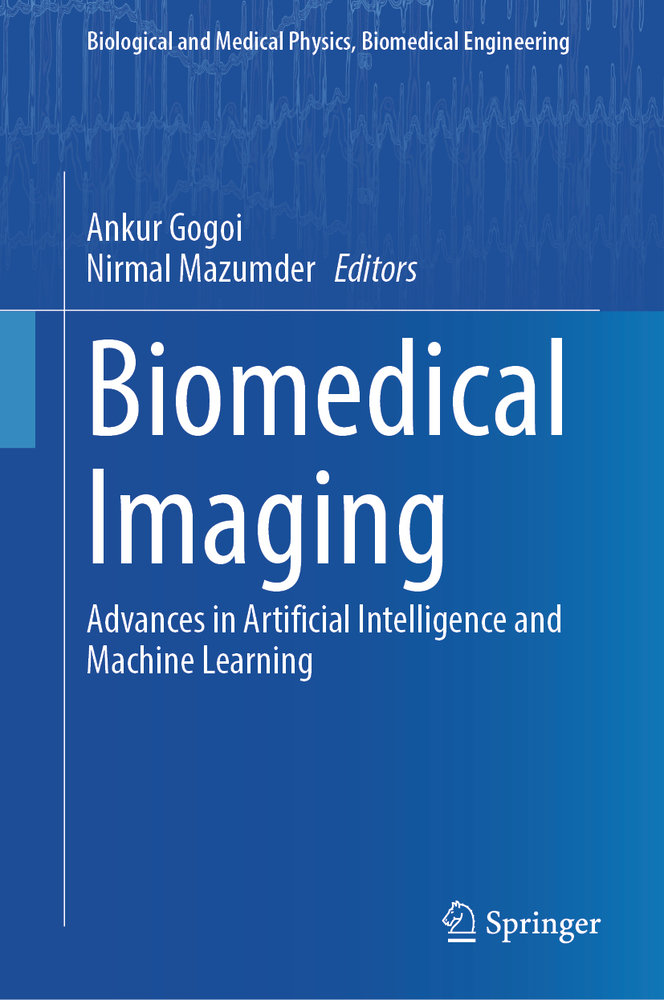This book presents the rapidly developing field of artificial intelligence and machine learning and its application in biomedical imaging. As is known, starting from the diagnosis of fractures by using X-rays to understanding the complex structure and function of the brain, biomedical imaging has contributed immensely toward the development of precision diagnosis and treatment strategies for numerous diseases. While continuous evolution in imaging technologies have enabled the acquisition of images having resolution and contrast far better than ever, it significantly increased the volume of data associated with each image scan-making it increasingly difficult for experts to analyze and interpret. In this context, the application of artificial intelligence (AI) and machine learning (ML) tools has become one of the most exciting frontlines of contemporary research in biomedical imaging due to their capability to extract minute traces of various disease signatures from large and complicated datasets and providing clear insight into the potential abnormalities with excellent accuracy, sensitivity, and specificity. The hallmark of this book will be the contributions from international leaders on different AI-aided advanced biomedical imaging modalities and techniques. Included will be comprehensive description of several of the technology-driven spectacular advances made over the past few years that have allowed early detection and delineation of abnormalities with sub-pixel image segmentation and classification. Starting from the fundamentals of biomedical image processing, the book presents a streamlined and focused coverage of the core principles, theoretical and experimental approaches, and state-of-the-art applications of most of the currently used biomedical imaging techniques powered by AI.


